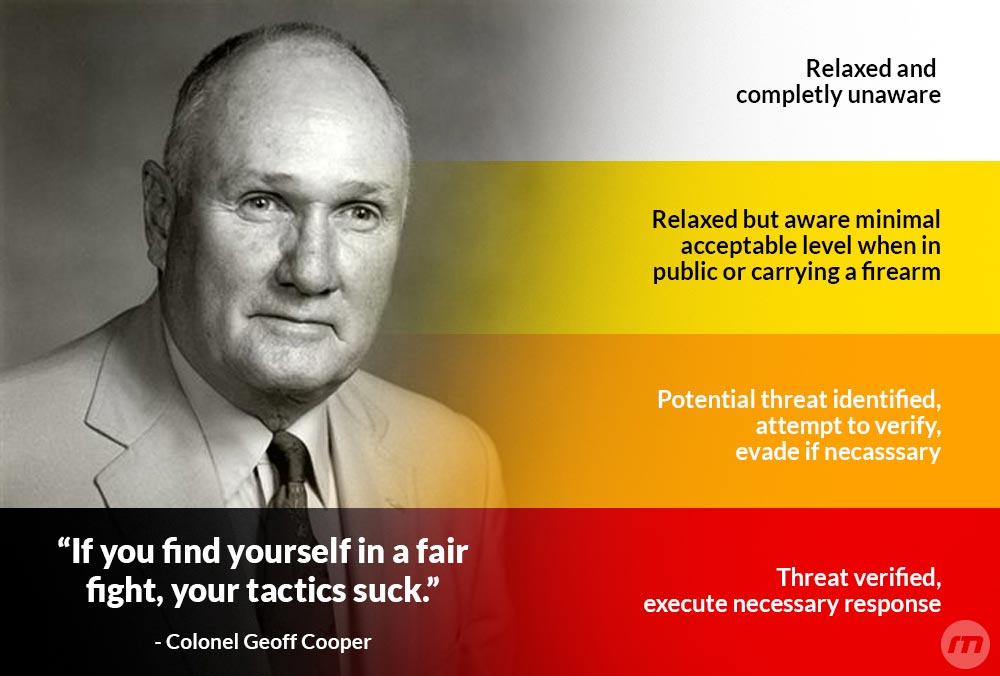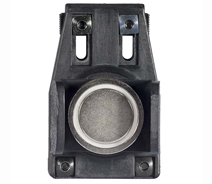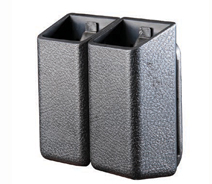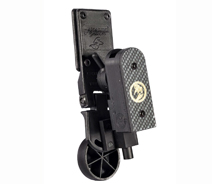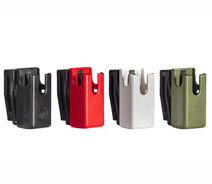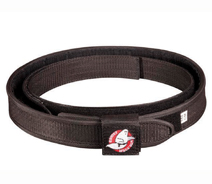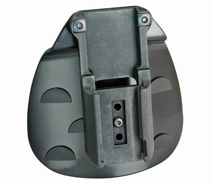Self Defence and Situational Awareness: Cooper Colour Codes
The Four States as explained by Colonel Jeff Cooper
Colonel Jeff Cooper, a famous firearms instructor and writer, discussed four levels of situational awareness. Called “Cooper Colour Codes,” people go from one, mental state to the next-highest one, as the situation demands it.
By recognising these conditions, and knowing what each of them mean, you can better assess your overall, situational awareness abilities. This knowledge can help you stay at a higher level, giving you more time to react to potentially bad situations. Note that not all of the troublesome situations involve other people. There are times when being alert to your surroundings can prevent serious accidents. For example, if you’re conscientious while working in the kitchen, you can avoid potential dangers involving kitchen knives, fires, and other hazards.
The four levels are:
Condition White
This is the lowest level—the one at which you’re the most vulnerable. In white, you’re playing with your cell phone, listening to music, or digging through your purse. People in condition white aren’t paying attention even when they’re in motion; they might bump into other people or run into stationary objects like closed doors.
Condition Yellow
This is a generally aware, default state that you can maintain with some practice. In yellow, you’re more aware of your surroundings; you notice potential dangers like pedestrians in the crosswalk as you approach the intersection. You’re also aware of people around you while you’re on foot. However, there’s no specific reason to be on the lookout. This is merely a “casual but observant” state that helps you quickly recognise potential problems.
This awareness isn’t only for avoiding trouble. There are good situations that condition yellow can make even better. For example, you might recognise someone you know, but can’t quite place in your mind, before he approaches you to say hello. This gives you a little more time to figure out how you know him/her, helping you avoid a potentially embarrassing situation.
Condition Orange
This is a response to something specific—whether it’s good or bad. If you’re craving an ice-cream treat and hear familiar music playing up the street, you pay more attention; you’re looking for the truck because you know it’s there and you want to reach it.
For the bad things, condition orange happens in situations like the person approaching you smiling only with his mouth, not his eyes. His body language is telling you that something’s wrong—that he’s not genuinely happy. This person is the focal point of your attention, so you’re in condition orange.
In this condition, you’re thinking things through: figuring out how you’ll respond as the situation changes. This is where you decide things like, “If he lunges for my bag, I’m going to drop it and run,” or, “If he comes this way, I’m turning around and walking back into the store.”
Condition Red
This is you preparing for that action—the stranger going for your bag, for example. You made the plan in condition orange and, in red, are ready to execute it if needed.
This doesn’t mean, necessarily, that you will have to resort to defensive action or violence. A plan like, “If he heads my direction, I’m going to go right back into the store and call the police,” can work very well in some situations.
In most cases, conditions yellow and orange can help you avoid having to reach condition red. The point is to avoid problems and, if that isn’t possible, give yourself as much thinking or reaction time as possible.
Now that you’re familiar with the different levels, you can practice situational awareness whether you’re at home, work, or out in public. When you arrive someplace, make note of emergency exits; knowing where they are could save your life in a bad situation.
You should also mentally note peoples’ genders, approximate heights and weights, and clothes. Not only are you being more conscientious, you’re also absorbing bits of information that can help you describe the offender to the police if a crime takes place.
Train hard and stay safe.
Ray Mancini
Training Courses
Pro-Shop Products
A revolutionary system shot shell pouch, which provides fast drawing of 2/4 shot shells at the same time and immediate reloading of the gun. As the springs are made of hardened metal, the retention don't change. Rotating clip can be positioned by the shooter individually. PRO8 up to 8 shotshells in the same holder to reduce the space on the belt.
The New Magnetic IPSC magazine was designed with the IPSC shooter in mind The Magnetic system is available in three versions for unlimited choice of carry options. For stationary matches you can use the MAG1, for running matches with higher risk of losing a magazine you can use the MAG 2. The MAG3 combines the IPSC pouch with the magnetic system to quickly add a spare magazine without losing another inch of belt space.
Magazine pouch made of ABS is very high impact resistant. An internal tension spring holds the magazine firmly inside the pouch. Thanks to a reduced spacer and size it is ideal for concealed carry – both for police, military as well for sport (IDPA, IASC and ACTION SHOOTING).
The EVOLUTION of the famous AMADINI Ghost SphereSystem has resulted to the Super Ghost ULTIMATE. This holster is the fastest, safest and most innovative IPSC holster in the world. Copied by many, equaled by none, the Ultimate is the choice of shooters all over the world. Fully free-floating, adjustable in tilt, height and distance from your body, the Ultimate can be made to fit your needs 100%. The locking mechanism is the safest and fastest on the market and allows…
The new 360° Universal Ghost Magazine Pouch is supplied with two cups for vertical or horizontal carry, internal retention of the magazine and gives complete carry freedom and flexibility due to the rotating speed clip. Different types of retention springs are available to ensure the best suited retention for your needs. The cups are also equipped with a system to remove all magazine movement inside the pouch.
Enables use of the holster for concealed carry. The module positions the holster close to the body without the use of a special belt.

